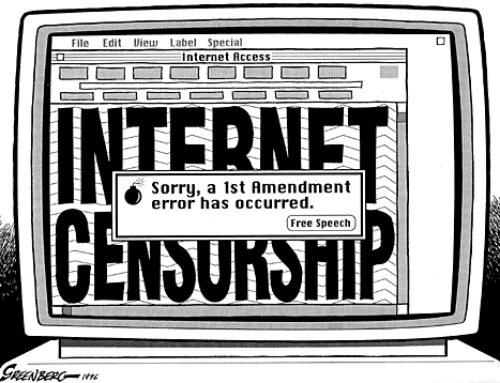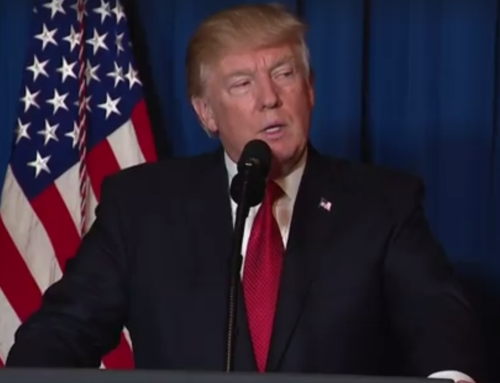In Late May, a doctored video of Speaker of the House Nancy Pelosi began trending on Twitter. President Trump’s lawyer, Rudolph Giuliani commented on her slurred speech in a now deleted tweet, with many others using their handles to suggest that Pelosi was unfit, unwell, and/or crazed.
Not long after the video went viral, it was proven to be purposefully slowed to show Pelosi in an unflattering light. Beyond tainting the reputation of one of the most powerful women in politics, the act served to discredit her abilities and those of the Democratic party at a time when millions of Americans turn to social media to get the latest updates on news around the world.
While the doctored video circulated only briefly, the intended damage was achieved. The First Amendment may guarantee one’s right to free expression, but what regulates and protects the public when this right is purposefully and gainfully abused by powerful figures to gain political leverage?
The privileges and consequences of our right to free speech are in constant tension. In light of today’s precarious political landscape, which has encouraged extremist voices to come out of the woodwork with hateful rhetoric, the most trusted sources of information should be the influential leaders and establishments that swear to uphold these rights. It’s evident that this paradigm has been heavily warped and convoluted during Trump’s tenure as President of the United States.
In 2016, The then-Republican nominee popularized a defense to criticism he deemed “fake news,” which has become a rallying cry that defies actual facts and reason. The Cambridge Dictionary defines fake news as: “false stories that appear to be news, spread on the internet or using other media, usually created to influence political views or as a joke.” These “stories” are created with the purpose of being influential and provocative. In Pelosi’s case, this tactic was used to skew opinions in order to benefit a specific political agenda. Since social media posts are hierarchized by views and shares, society’s curiosity becomes a complicit aide to widespread defamation.
“Fake news” is nothing more than a denial of reality which continues to fuel and justify misinformation. Ensconced in a Constitution that codifies freedom of speech as a birth-right, this affront to our liberty needs to be addressed. Digital media, specifically social media platforms, have turned into political arenas where defamatory messages can be shared over 24 million times (in the case of Pelosi) on YouTube before being removed. The perpetrators hide behind a veneer of entitlement that the First Amendment affords, to create constant feuds and propagandist attacks that belittle opponents and abuse our rights.
The ramifications can extend even further. According to a research study conducted to identify bias in Ireland’s 2018 referendum on the legalization of abortion, misinformation can lead to false memories in highly emotional situations. When 3,140 participants were presented with a pool of articles with opposing views containing a few entirely fake, “inflammatory” incidents, almost 50% recalled vivid memories about the purposefully fabricated stories. This speaks to the potential long-term damage that misleading and altogether false information – shared by people of influence – can have on American’s psyche.
The public has already had a chance to see the ultimate price paid when a proper defense to these attacks is not made. Trump has tweeted extensively about revoking “licenses” from members of the media that he does not like. When CNN’s White House correspondent Jim Acosta was denied credentials after posing tough immigration questions, we saw how far the administration will go to avoid media scrutiny.. By removing a news source because of perceived political opposition, the administration is engaging in unconstitutional censorship.
So, how do we fight back?
By paying attention. We are inundated daily, minute by minute, with news that is constantly refined and updated. The immediacy with which we receive information is an actual detriment, especially when trusted news sources are in a rush to push out the latest hot topic. The Pelosi video was reported on and shared countless times before the truth became clear. The more aware we are of this practice, the less we feed into fact-less soundbites. Communications professionals know that a well-rounded and well-informed perspective of a situation requires multiple sources in order to combat bias.
In response to the egregious acts of misinformation and fear-mongering taking place, I’m announcing the start of a new series titled “Fighting Fake News.” This is a small effort to bring attention to the ramifications of misinformation; to join the efforts of those already working to make sure the truth is heard.
Stay tuned.






Leave A Comment